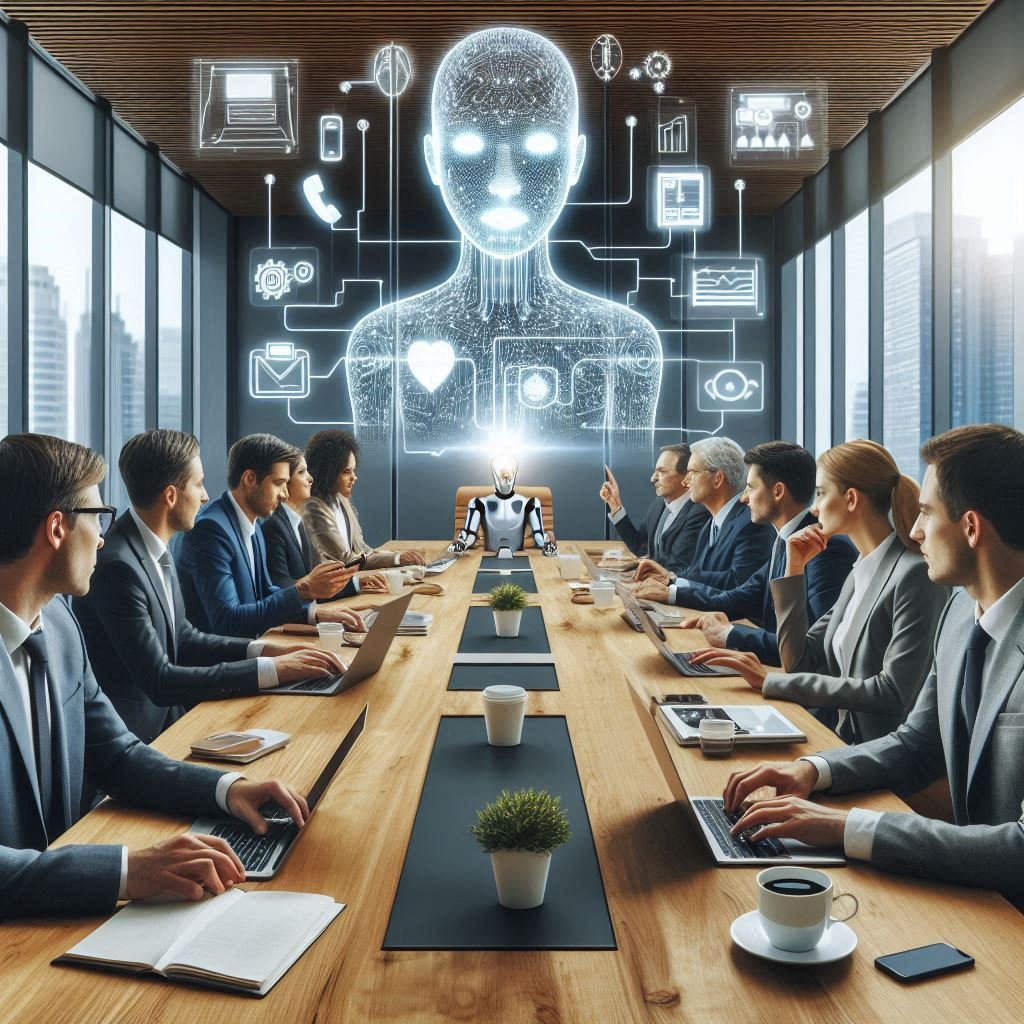The Future is Now: How AI-Driven AV Solutions Are Revolutionizing Commercial Audio and Video
By Nick Pitts, Commercial AV Technician & Owner of SpecTec Sounds
In today’s rapidly evolving commercial audio and video landscape, traditional setups are being upended by the innovative power of artificial intelligence (AI). As a seasoned AV technician turned blogger, I’ve witnessed firsthand the shift from conventional equipment to systems that learn, adapt, and optimize performance on the fly. This blog post explores the exciting frontier of AI-driven AV solutions, outlining how these technologies are streamlining operations, enhancing user experiences, and paving the way for smarter, more responsive environments.
AI Meets AV: The Convergence of Technology
Over the past few years, AI has moved beyond buzzwords to become a tangible asset in the AV world. Whether it’s in corporate boardrooms, lecture halls, or large-scale events, AI-powered devices are now able to:
Automatically optimize audio levels to suit ambient noise conditions.
Control video streams and dynamically adjust displays for maximum clarity.
Predict maintenance issues before they disrupt operations.
This transformation is not just about automating routine tasks; it’s about rethinking the entire approach to how audio and video systems are managed in commercial settings.
Key Benefits for Commercial Installations
Enhanced User Experience:
Imagine a conference room that adjusts lighting, sound, and video settings automatically as the meeting evolves. AI-driven systems make this possible by learning from previous sessions and real-time inputs.Improved Efficiency & Reliability:
With predictive analytics and self-calibration, maintenance downtimes are reduced significantly. AI ensures that the equipment operates at peak efficiency—saving time, money, and stress.Simplified Operations:
Centralized control platforms powered by AI reduce the complexity of managing disparate devices. This makes it easier for technicians to deploy and maintain large-scale installations.
Real-World Applications
One of the most exciting aspects of AI integration is its adaptability. In commercial venues, AI is used to create immersive experiences:
Smart Conference Rooms: Automatically adjust microphones and cameras to focus on active speakers.
Interactive Digital Signage: Deliver personalized content based on audience demographics and behaviors.
Event Production: Enhance live events with real-time visual and audio adjustments that react to crowd noise and movement.
Getting Ready for Tomorrow’s AV Standards
As we look to the future, the convergence of AI and AV is set to redefine industry standards. For professionals in our field, staying ahead means:
Investing in Continuous Learning: Regular training on AI tools and software updates.
Collaborating with Tech Innovators: Building partnerships with companies that are pushing the boundaries of AV technology.
Embracing Integrated Systems: Moving away from siloed solutions and towards platforms that offer seamless interoperability.
The journey is both challenging and exhilarating—one that promises a more efficient and engaging audiovisual future.
Conclusion
The rise of AI in commercial audio and video isn’t just a trend—it’s a revolution. For those of us who have dedicated our careers to mastering AV technology, these changes offer a unique opportunity to innovate and lead. Whether you’re an installer, operator, or enthusiast, the time to explore AI-driven solutions is now.
Stay tuned to SpecTec Sounds for more insights and hands-on guides on navigating the cutting edge of AV technology.



